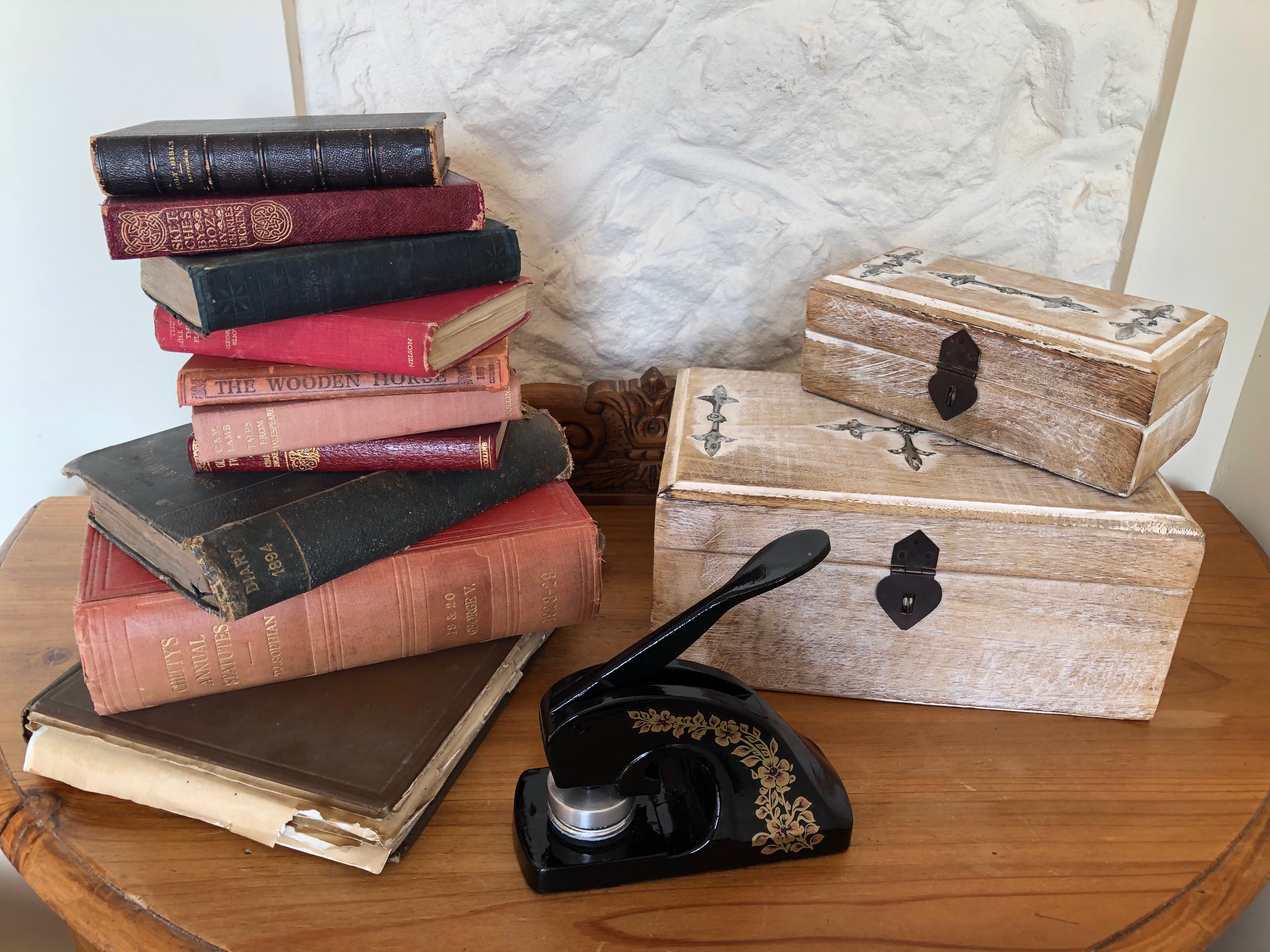
 Notaries Public are one of, if not the, oldest of the legal professions.
Notaries Public are one of, if not the, oldest of the legal professions.
They first emerged in ancient Rome where they would be scribes to the Senate and in public proceedings. They were known as scribae or notarius (notae being Latin for shorthand). They had legal authority to record events and draw up contracts and were soon being used throughout the Roman legal system to record not only public proceedings, but also private contracts in the forum.
Notaries did not reach England until the 13th Century. In 1279 Pope Nicholas III authorised John Pecham, Archbishop of Canterbury, to appoint three notaries a year to practise in England. The appointments remained direct papal appointments through the Archbishop of Canterbury and also the Bishop of Winchester and the Chancellor of Oxford University, for the next 250 years. English Notaries, like their Roman cousins, worked in the Church, public proceedings and commerce. So far, so good.
Then it all changed, well, a bit. In 1533, following the English Reformation and the split of the English Church from Rome, the Court of Faculties was set up at Westminster Abbey by authority of the Ecclesiastical Licences Act 1533. Along with everything ecclesiastical at the time, this Act transferred the papal power to appoint notaries in England to the King, Henry VIII. The Court of Faculties was presided over by the Master of the Faculties who was the most Senior Ecclesiastical Judge at the time and was the person responsible for implementing the King’s power to appoint notaries. So, the notarial professional survived the English reformation and continued in this way for just over another 250 years. You’ll notice that changes in this field are not rushed into.
During this period the requisite for qualification as a Notary Public was to be over 21, of sober life, conforming to Church of England doctrines and, crucially, a loyal subject of the King. It seemed that there were sufficient numbers of applicants complying with these criteria to maintain the profession.
 Then it came time for another change. In 1801 Parliament passed the Public Notaries Act. This did not make a huge difference to most notaries. It was more of an updating exercise. The act enshrined the Court of Faculties and rules for the appointment and training of notaries. It established district notaries, as opposed to the City Scriveners, who eventually got their own Act of Parliament in the Public Notaries Act of 1833.
Then it came time for another change. In 1801 Parliament passed the Public Notaries Act. This did not make a huge difference to most notaries. It was more of an updating exercise. The act enshrined the Court of Faculties and rules for the appointment and training of notaries. It established district notaries, as opposed to the City Scriveners, who eventually got their own Act of Parliament in the Public Notaries Act of 1833.
Skip another 200 years to the Legal Services Act, the 2007 one being the current version. This brought notaries public into the same procedural structure of compliance and accountability as solicitors, barristers and other legal service providers in England and Wales. Notaries are, however, very much a separate profession from solicitors and barristers, dealing primarily with cross border transactions.
There are currently about 750 Notaries Public in England and Wales today. They provide an essential cross border documentation service for clients. While the means of practice has changed out of all recognition over the years, the essence of the profession as an upstanding body whose public duty is to present the facts of a transaction and whose word can be relied upon in overseas jurisdictions remains the same as the original notarius at his stall in the forum in ancient Rome.